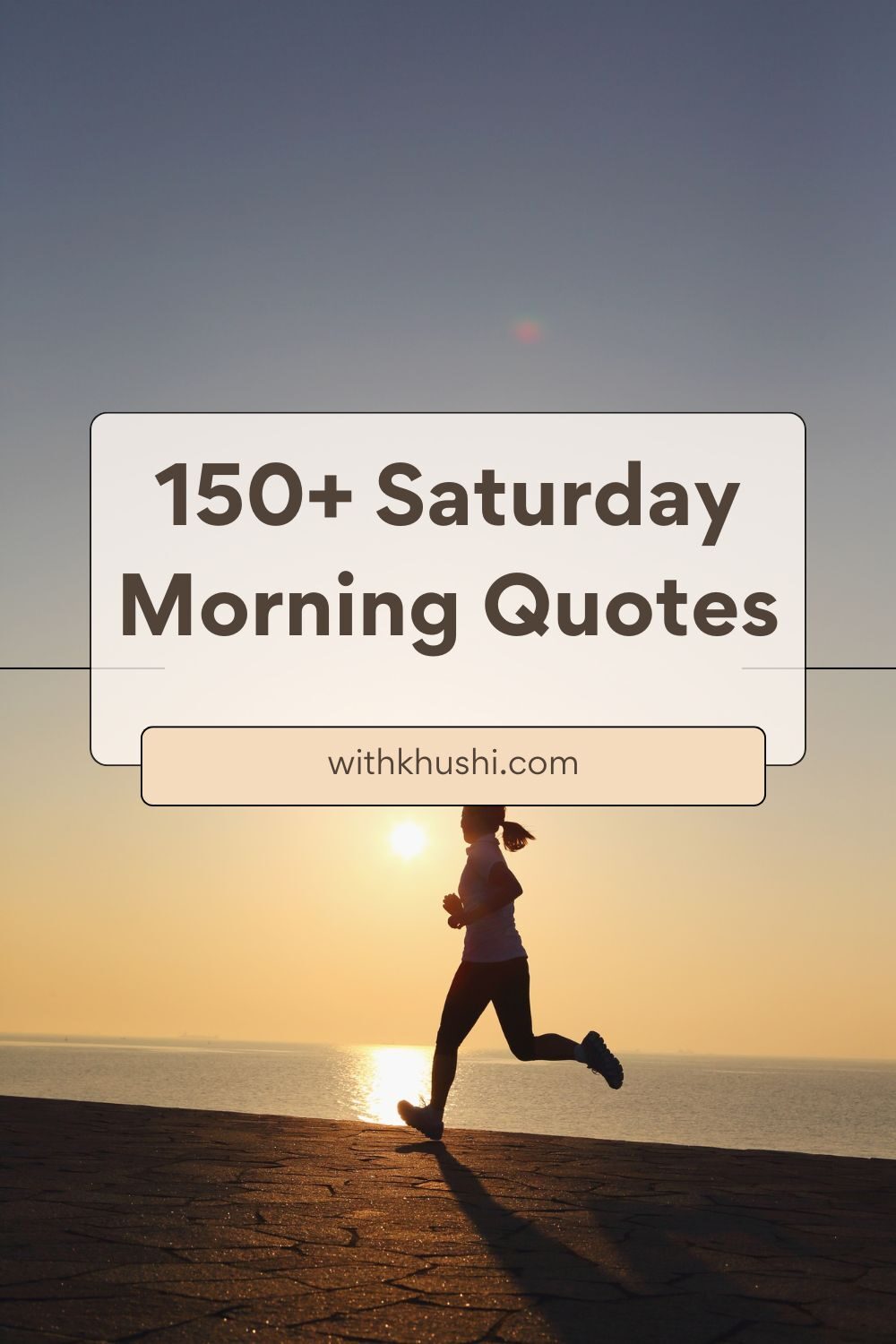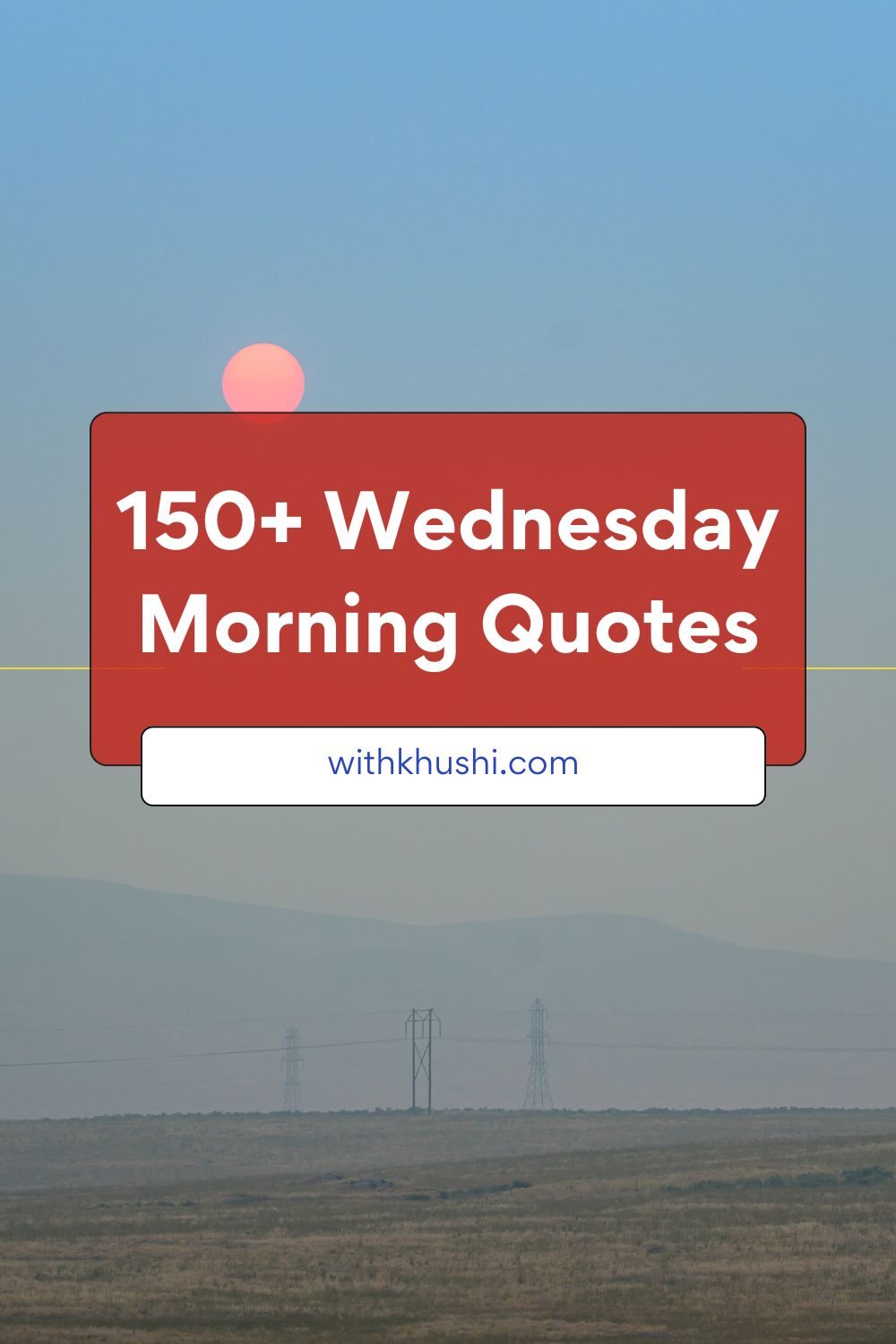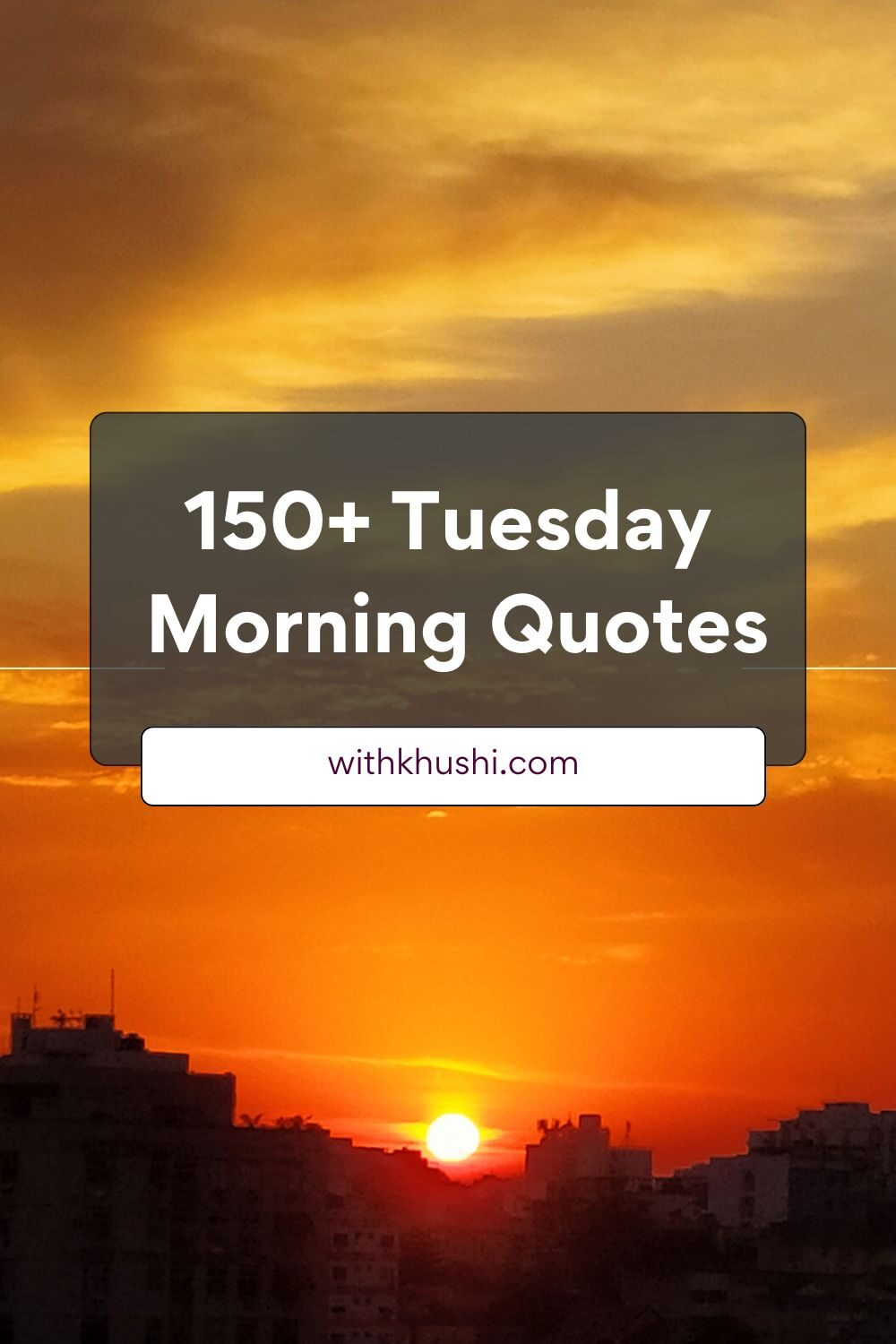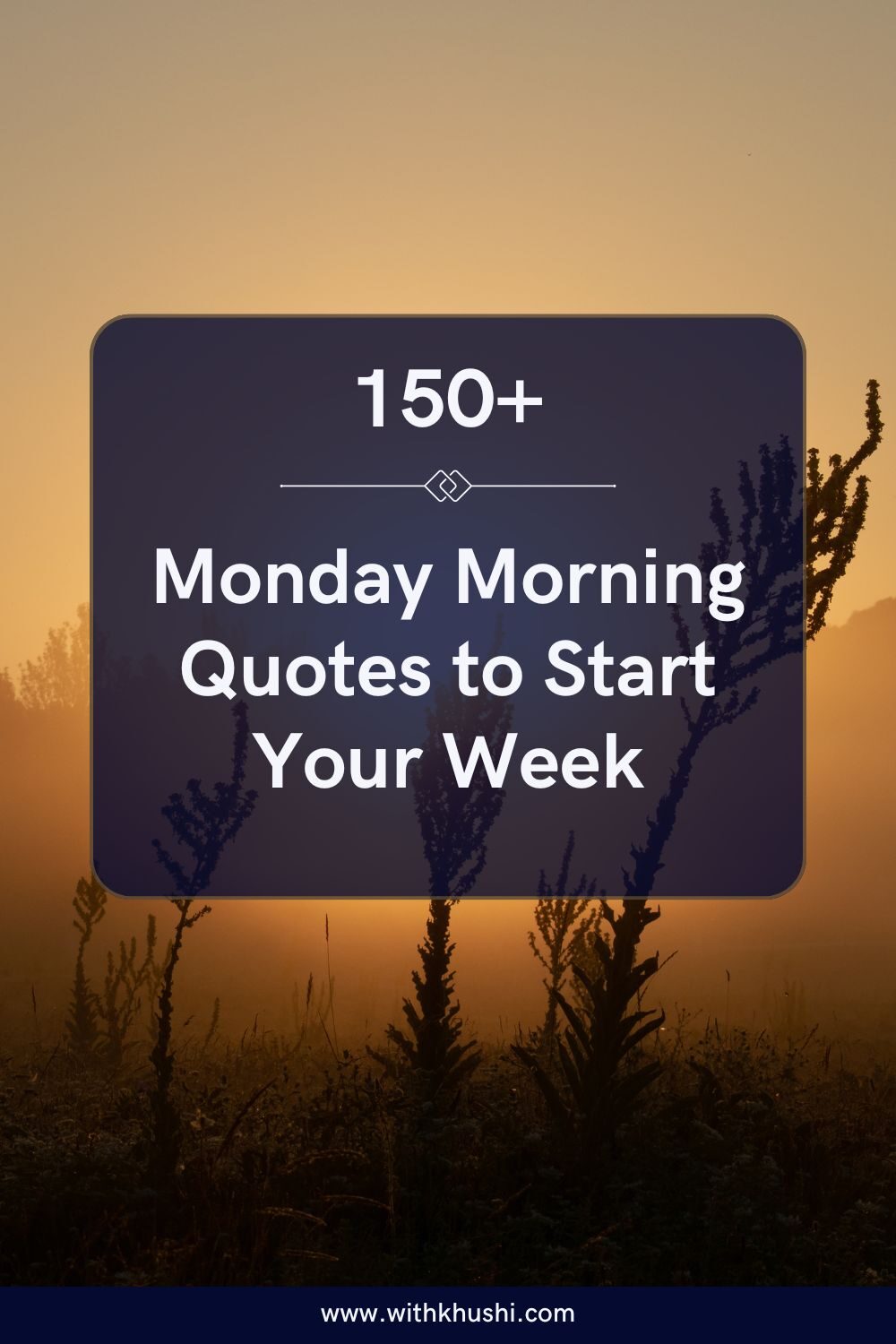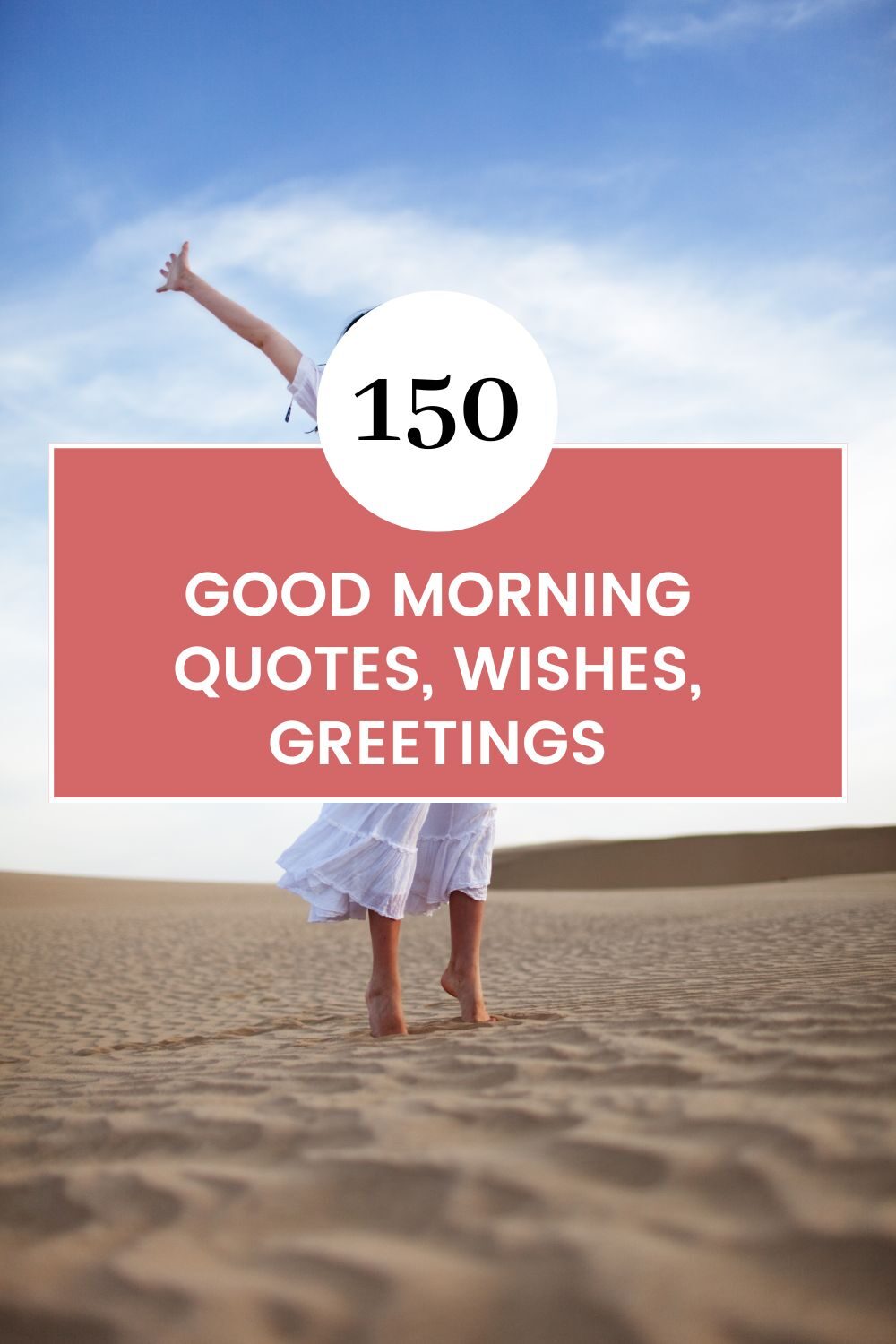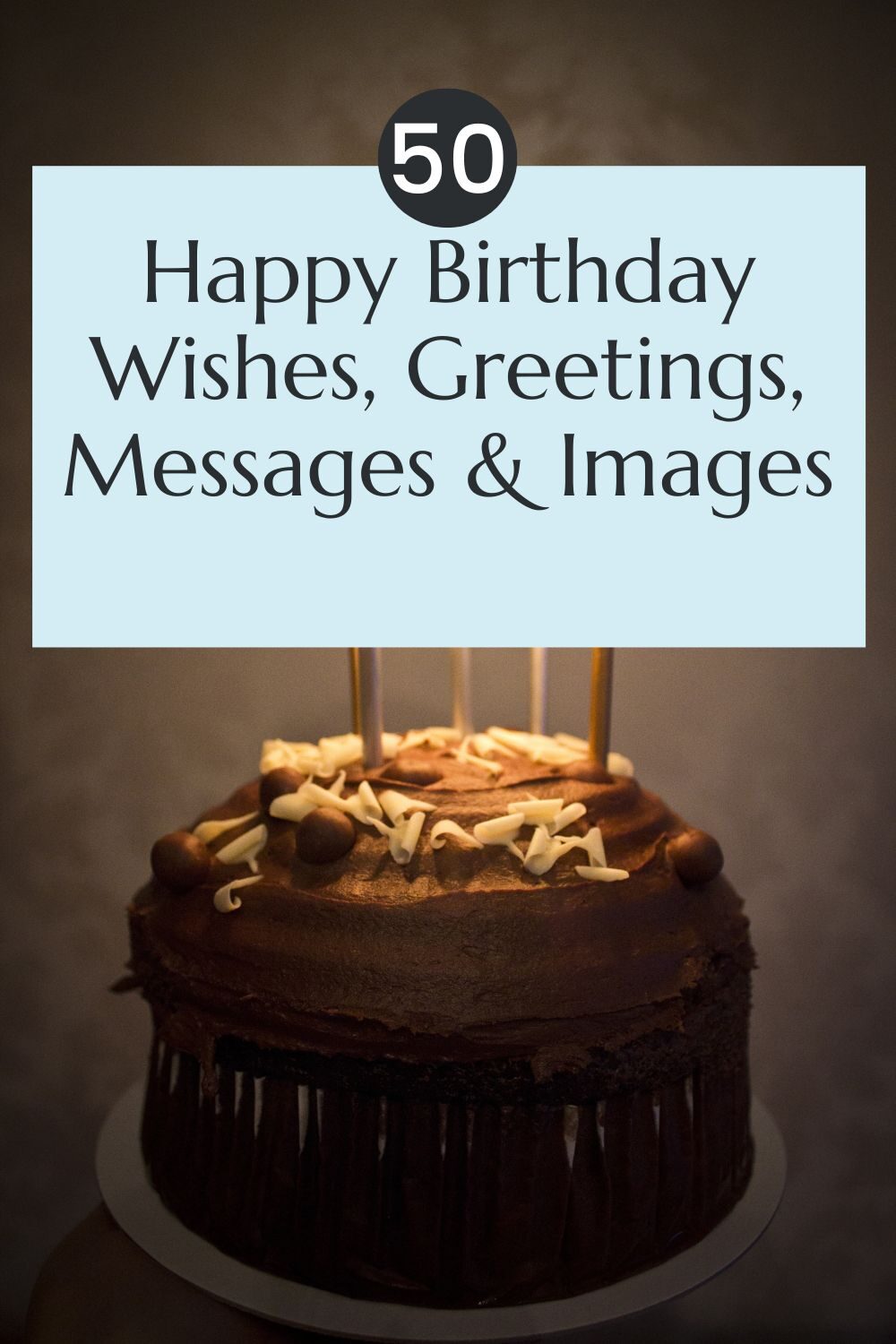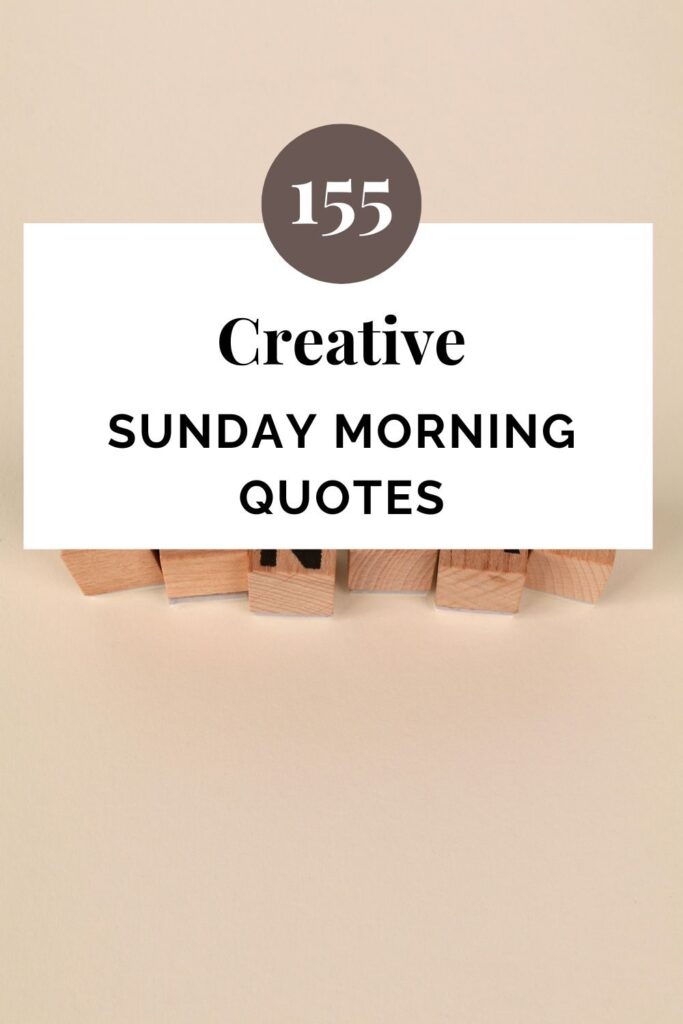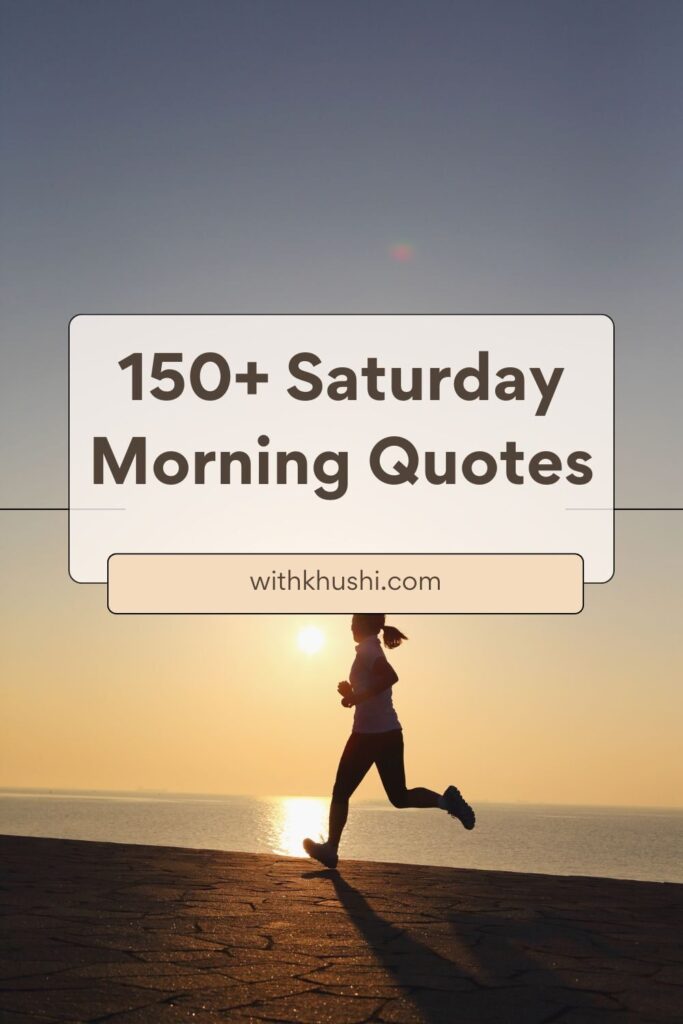When you’re inviting people to an event, you want your words to capture the right mood. Sometimes, simply saying “Meet and Greet” feels a bit too generic. You might be planning a corporate networking session, a casual gathering, or a creative workshop — but you still want the title or description to sound fresh, engaging, and memorable.
Using the right phrase can set the tone before guests even walk through the door. It can make your event feel more exciting, more professional, or more personal — depending on your goals. That’s why finding alternative ways to say “Meet and Greet” isn’t just about replacing words; it’s about creating the perfect first impression.
Think of it like naming a movie or book. The name should spark curiosity, give people a hint of what to expect, and encourage them to join in. A phrase that’s warm and welcoming might work best for a community get-together, while something dynamic and energetic could be perfect for a business launch.
In this guide, you’ll discover 10 creative alternatives to “Meet and Greet” that you can use for invitations, flyers, emails, or event descriptions. Each one comes with ideas on when to use it, how it sounds, and what kind of atmosphere it creates.
Whether you’re hosting a formal professional gathering, a casual coffee catch-up, or a themed celebration, you’ll find options here that speak to your style and purpose.
1. Networking Session
If you’re hosting a business-focused gathering, “Networking Session” is a perfect fit. It tells attendees exactly what to expect — an opportunity to connect, exchange ideas, and build professional relationships.
This phrase is straightforward yet professional, making it ideal for corporate events, industry meet-ups, or conferences. By choosing “Networking Session” over “Meet and Greet,” you set a clear agenda: this isn’t just casual mingling — it’s a purposeful event designed for growth and connection.
To make it engaging, consider pairing it with a short descriptor in your invites, such as “Networking Session for Creative Entrepreneurs” or “Networking Session: Building Future Partnerships.” This gives potential attendees a reason to prioritize your event and helps them understand who will be there.
The key to making a networking session successful is creating an environment where conversations happen naturally. Arrange seating areas, prepare conversation starters, and consider adding structured activities like quick introductions or themed discussions.
When people hear “Networking Session,” they expect value. That value might come in the form of meeting new collaborators, learning about opportunities, or finding a mentor. If your goal is to help professionals connect, this alternative instantly communicates that purpose.
2. Social Mixer
A “Social Mixer” is a light, friendly term that works beautifully for casual gatherings. It immediately suggests fun, relaxed conversation, and a blend of different people coming together.
This phrase is popular for both professional and personal events. In a work setting, it’s often used for team-building nights or after-work meet-ups. In a social setting, it’s perfect for community groups, clubs, or themed parties.
When you use “Social Mixer,” you give the impression of an easy-going atmosphere where people can mingle without pressure. It works well for events where you want attendees to move around freely, rather than sticking to structured seating or a fixed program.
If you want to make your Social Mixer stand out, choose a fun theme — for example, “Summer Sunset Mixer” or “Book Lovers Mixer.” Adding music, light snacks, and icebreaker activities can help keep the energy high and make guests feel welcome.
For invitations, you can also combine it with a descriptive word: “Young Professionals Social Mixer” or “Holiday Season Mixer.” This tells guests what to expect while keeping the mood light and inviting.
3. Welcome Reception
When you want something warm yet formal, “Welcome Reception” is a great alternative. It’s often used for events where you’re greeting new members, clients, or guests who are arriving for a special occasion.
A Welcome Reception can be part of a larger event, like the opening night of a conference, or it can stand alone as a simple gathering. The word “reception” feels polished, making it suitable for hotel events, galas, academic ceremonies, and high-profile launches.
This phrase works particularly well if your event is centered around hospitality. It signals to guests that they’ll be warmly greeted, perhaps with refreshments, light entertainment, and a brief introduction to the event or organization.
If you want your Welcome Reception to feel special, think about adding small touches like a welcome drink, a photo wall, or personalized name badges. These details make guests feel valued and create memorable first impressions.
When sending invitations, pairing the phrase with the event name can help: “Welcome Reception for New Members” or “Annual Conference Welcome Reception.” It’s professional, inviting, and instantly sets the tone for a pleasant gathering.
4. Open House
“Open House” is a term that works well when you want people to drop in freely and explore. It’s often used for real estate, school tours, and business showcases — but it can also work for social or community events.
This phrase suggests an open-door policy where attendees can come and go within a set time frame. It’s perfect for events where you want guests to feel no pressure to arrive exactly on time or stay for the entire duration.
An Open House works especially well for introducing new spaces, services, or teams. For example, a “Community Center Open House” could showcase facilities, activities, and programs while letting people chat casually with organizers.
To make your Open House engaging, set up stations or areas for different activities, provide light snacks, and encourage conversation. Adding a guided tour or interactive element can also help people connect with your purpose.
The benefit of using “Open House” is its friendly flexibility — it feels welcoming to both individuals and families, and it works in many contexts beyond just business.
5. Meet-Up
“Meet-Up” is a simple, friendly phrase that works for both casual and semi-formal events. It’s modern, informal, and instantly recognizable thanks to its popularity in online event platforms.
Using “Meet-Up” makes your event sound approachable and fun. It’s great for hobby groups, community activities, or small business gatherings where the focus is on shared interests.
For example, “Writers’ Meet-Up” tells people exactly who the event is for and what they’ll be doing — meeting others with a shared passion. You can also make it more specific by adding time-related details, such as “Monthly Photography Meet-Up” or “Spring Gardening Meet-Up.”
The casual nature of a Meet-Up means you don’t have to overcomplicate the planning. A cozy café, a park, or a coworking space can be all you need. The goal is to create a space for connection without the pressure of formality.
This phrase works particularly well when you’re appealing to younger audiences or hobbyist communities who prefer friendly, relaxed gatherings over formal events.
6. Coffee Chat
If you want something warm, inviting, and low-pressure, “Coffee Chat” is a great choice. It feels personal and approachable, making it perfect for small group meetings, mentoring sessions, or casual catch-ups.
Coffee Chats often work best in relaxed settings like cafés, lounges, or office break areas. They encourage conversation and personal connection rather than structured presentations or speeches.
This phrase works well when you want to make people feel comfortable — especially if your attendees might be nervous about meeting new people. It can also be appealing for professional networking in a softer, more human way.
Adding a little creativity to your invites can make a Coffee Chat stand out. Try “Morning Coffee Chat for Small Business Owners” or “Creative Minds Coffee Chat.” These slight tweaks give the event a unique identity.
The magic of a Coffee Chat lies in its simplicity. You don’t need elaborate decorations or entertainment — just a welcoming atmosphere, good conversation, and maybe a pastry or two.
7. Orientation Gathering
For events aimed at welcoming newcomers, “Orientation Gathering” can be a clear and helpful alternative. It works well for schools, clubs, organizations, or workplaces introducing people to a new environment.
This phrase suggests both a warm welcome and a practical purpose. Guests know they’ll not only meet others but also learn important information about what to expect going forward.
Orientation Gatherings often include guided tours, presentations, or Q&A sessions. They can also feature light refreshments and informal mingling time. This balance of structure and friendliness helps attendees feel prepared and connected.
For invitations, you might use “New Member Orientation Gathering” or “Orientation Gathering for Volunteers.” This sets expectations while keeping the tone approachable.
It’s particularly useful when you want to make sure everyone leaves with both social connections and useful knowledge about your group or organization.
8. Icebreaker Event
“Icebreaker Event” immediately signals that attendees will have opportunities to interact through fun, structured activities. It’s perfect for groups where most people don’t know each other yet.
This type of event works for workplaces, training sessions, team-building retreats, and community clubs. It takes away some of the awkwardness of starting conversations because everyone is participating in guided activities.
An Icebreaker Event can be playful and creative — think trivia games, quick challenges, or partner introductions. By using the phrase in your invite, you let people know that meeting others will be part of the plan, not just a side effect.
To make it even more appealing, you could call it “Creative Icebreaker Event” or “Team-Building Icebreaker Night.” This helps match the energy to your audience.
9. Welcome Mixer
Similar to a Social Mixer but with a focus on greeting newcomers, a “Welcome Mixer” blends casual fun with warm hospitality. It works well for new employees, students, members, or attendees at the start of a conference.
A Welcome Mixer can include light snacks, drinks, music, and simple activities that encourage people to move around and talk. You might also include a short speech or introduction from the host to make everyone feel acknowledged.
This phrase works because it combines friendliness with purpose — guests know the event is designed to help them feel included.
For invitations, try “Welcome Mixer for New Hires” or “Welcome Mixer: Start of the Semester.” This small detail makes the event sound both intentional and inviting.
10. Introductions Night
If your event is about making sure everyone knows each other, “Introductions Night” is a direct and welcoming choice. It’s simple but clear, and it works for both formal and informal occasions.
Introductions Nights can be structured or casual. You might have each person share something about themselves, or you could organize fun “speed introductions” so people meet many new faces quickly.
The appeal of this phrase lies in its honesty — guests know the main focus is getting acquainted. It can be perfect for clubs, classes, workshops, or networking groups that are starting a new season or project together.
Adding a twist to the name, like “Creative Introductions Night” or “Community Introductions Night,” can give it a more unique flavor.
Conclusion
Finding the right words for your event title isn’t just about variety — it’s about creating the right atmosphere from the very start. Whether you’re aiming for polished professionalism, casual conversation, or a mix of both, the phrase you choose will shape how people feel about attending.
From the formal elegance of a “Welcome Reception” to the friendly warmth of a “Coffee Chat,” each of these alternatives to “Meet and Greet” offers a different tone and expectation. The key is to match your wording to the mood, audience, and purpose of your gathering.
By choosing a name that resonates, you make it easier for guests to say yes, mark their calendars, and look forward to joining you. A well-chosen event name doesn’t just describe what’s happening — it invites people into an experience.
FAQs
1. Why should I avoid using “Meet and Greet” in every event invitation?
Using fresh, creative alternatives helps make your event stand out and gives guests a better sense of the tone and purpose.
2. Which alternative works best for professional networking?
“Networking Session” or “Welcome Reception” are excellent for formal, business-oriented events.
3. What’s a good choice for casual community events?
“Social Mixer” or “Meet-Up” work well for friendly, low-pressure gatherings.
4. Can I mix and match these terms for a unique name?
Absolutely — you could combine phrases, like “Welcome Mixer and Networking Session,” to make your event sound even more appealing.
5. Do event names really affect attendance?
Yes, a clear, inviting name can increase interest, set the right expectations, and make your event feel more exciting.


